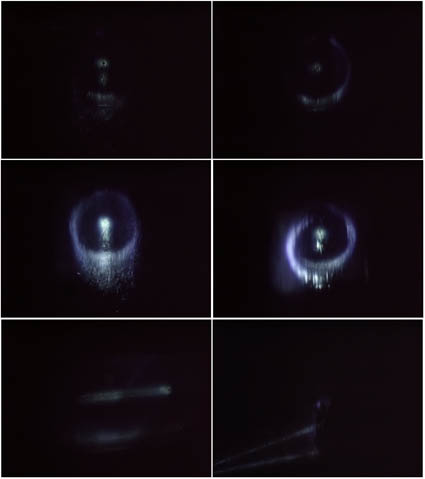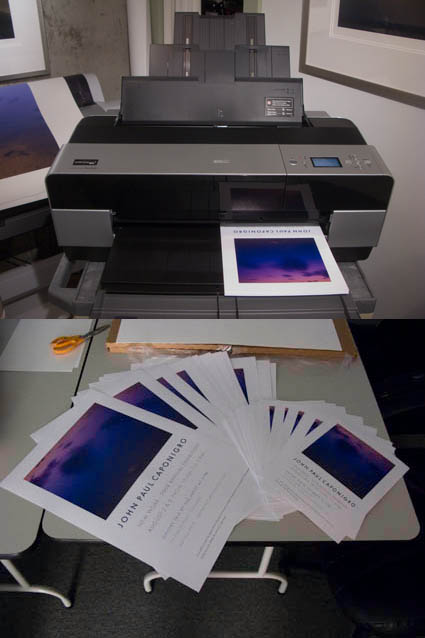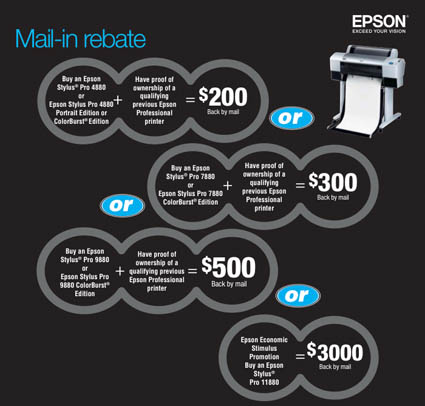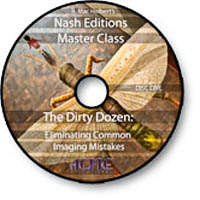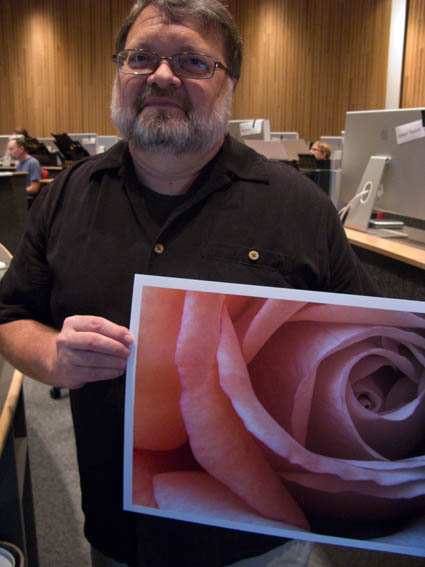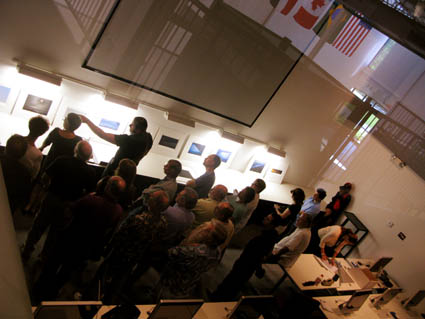
It’s a r/evolution. You produce the content, Blurb produces the product. Design your own book with easy to use software. Update it whenever you want – even after it’s gone to press. Order as many copies as you want whenever you want. Let other people purchase as many copies as they want whenever they want. Print only copies that are sold. Warehouse nothing. Let someone else handle and ship the product for you. No publisher or distributor necessary. Artist to client with only one entity in between – Blurb.
Having watched my mother shepherd the creation of some of the finest photographic art books of the 20th century, I know what goes into creating a great book. Blurb’s production values aren’t the finest on the planet – but they’re surprisingly good! Blurb won’t make you a great photographer, a great picture editor, a great writer, a great graphic designer, a great book printer, or a great book binder. But you can do it all yourself. And there can be something unique about having a singular vision controlling all aspects of a book’s content. Blurb’s about getting the job done. It makes things possible that were never possible before. For instance, you can quickly revise or expand a book. You can make unique one of a kind books customized for an individual. You can even make a book by collaborating remotely and independently with other people.
If you’d like some help producing your book, Blurb offers BlurbNation, a community of expert bookmakers available for you to hire to help make your books.
You can also make a GroupBook. Invite people to contribute photos to your book. Your contributors can simply upload photos to Blurb’s Web site (via a personal email invitation that we help you send). Then you can access the photos directly in BookSmart. Then, when you’re making a book, instead of “hooray for me!” you can cheer “go team!”
The most important thing about this r/evolution is it empowers you. You don’t have to wait for a publisher to sign on to your project. You don’t have make a big investment in producing a large inventory to self-publish. You don’t have to warehouse and distribute the books. You, the artist can create your own book – from start to finish. And that means more books are being produced. It also means different kinds of books are being produced. These kinds of books can span a wide spectrum from family album to artistic journal to community project to artists collaborations to monographs to thematic essays.
It’s a r/evolution. We’ve seen it coming for over a decade. It’s finally here.
Check back here soon for an upcoming announcement on the release of my first Blurb book.
Check out Blurb here.
Get a signed copy of my book at my Annual Exhibit 8/2-3. Find out more here.
Sign up for Insights for alerts and special discounts on new resources.
